Explore Rajshahi’s rich heritage: ancient temples, terracotta mosques, tribal culture, silk industry, historic Gaur city, and scenic Padma River cruise.
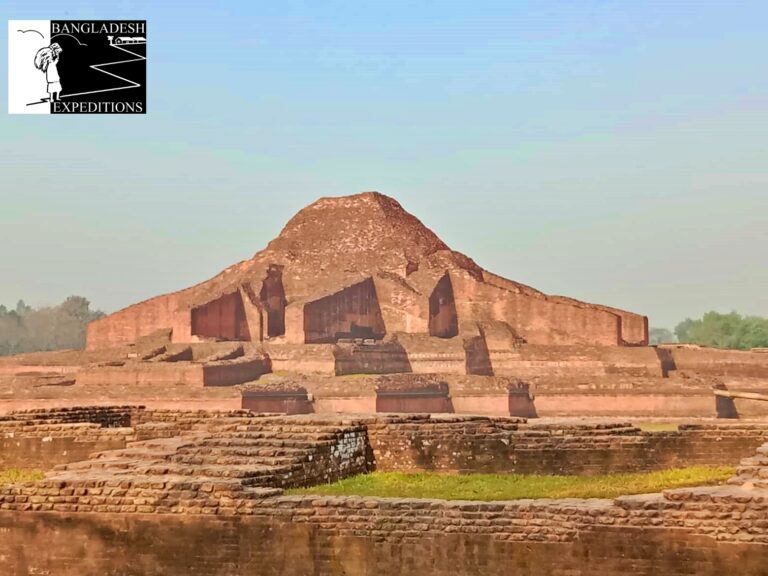
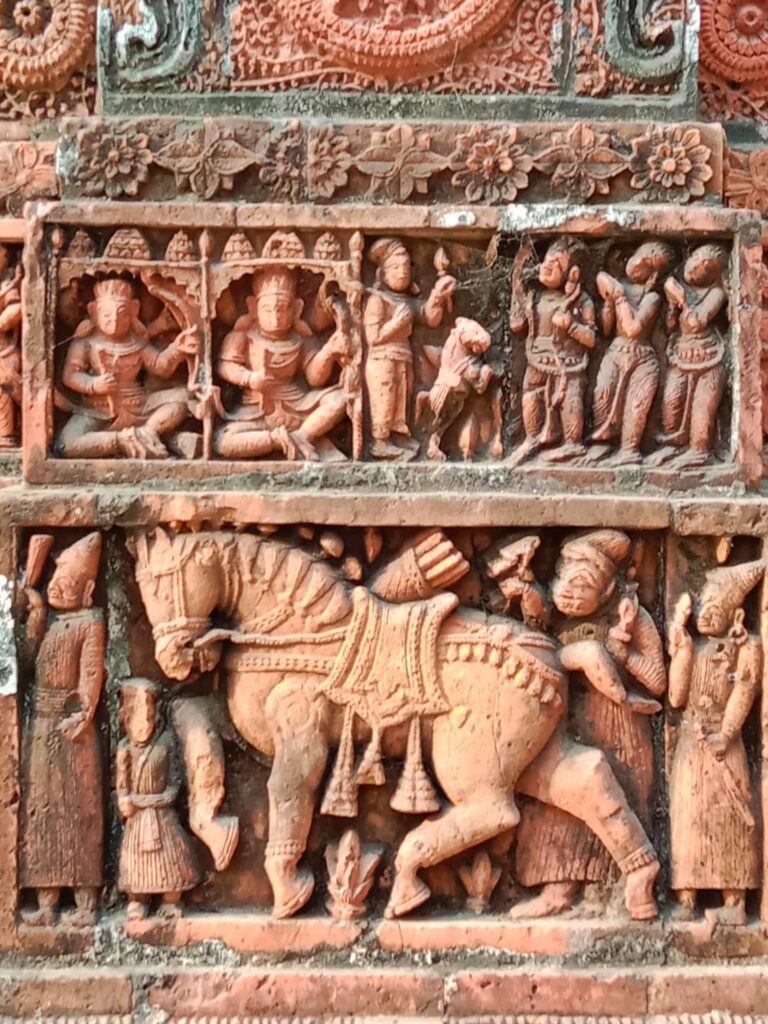
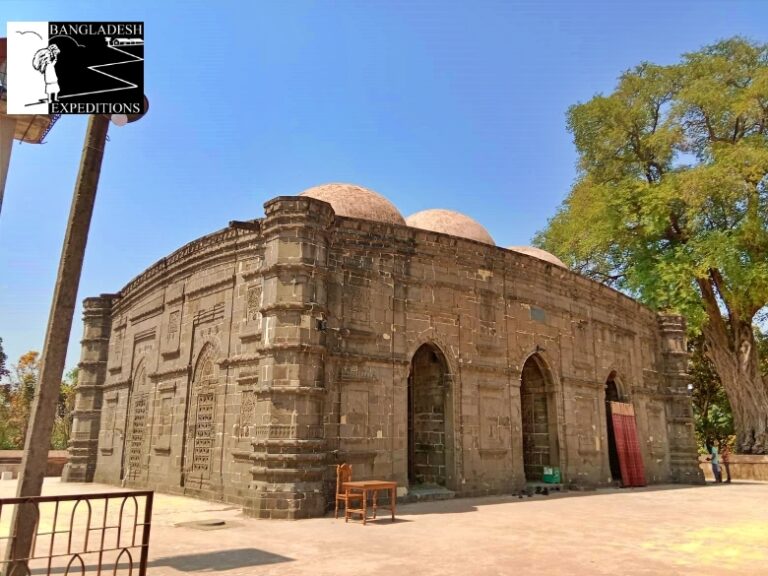
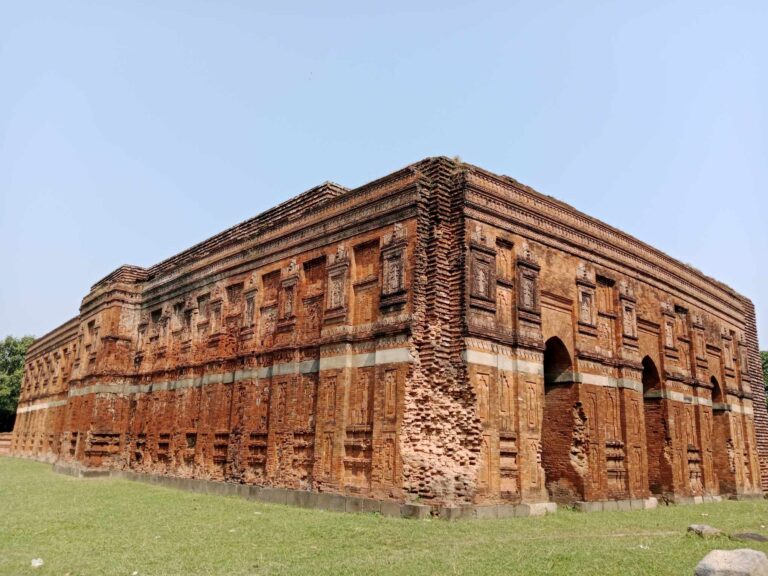
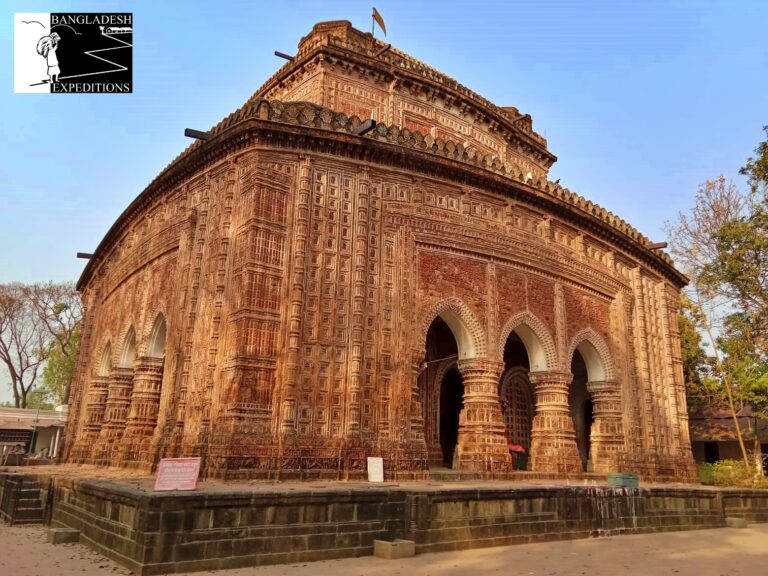
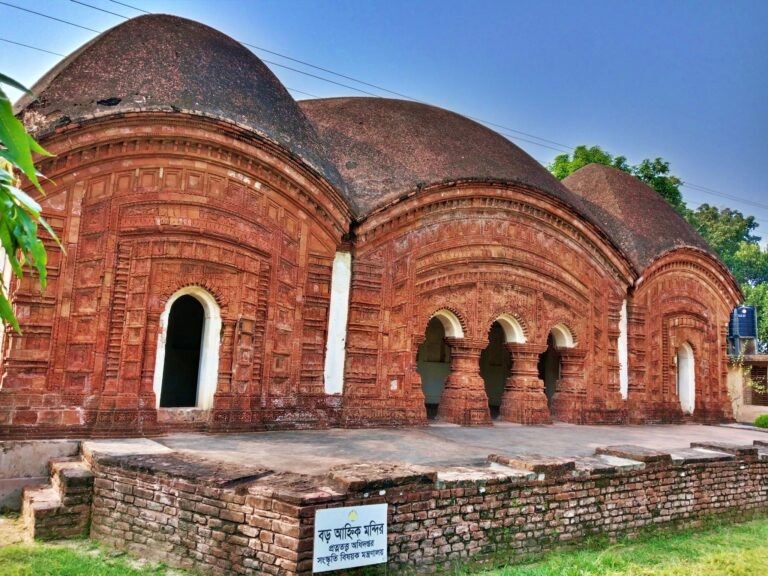
Explore Rajshahi’s rich heritage: ancient temples, terracotta mosques, tribal culture, silk industry, historic Gaur city, and scenic Padma River cruise.
North Bengal shared cultural Heritage – The Mosque, Temples & Stupas
Places: Rajshahi, Bogra, Gaur, Paharpur, Sirajganj & Tangail
These tour highlights the archaeological sites in between Bogra, Rajshahi & Gaud of North Bengal is a melting pot of shared cultures granted as Heritage. savoring the past glory by smells and touch of many cultures, languages and religions.
People’s origin festival mood gatherer pattern of which people of different cultures and religions come to appreciate each other. It brings mutual considerate and support collaboration and simultaneity. There can be sympathetic and receiving of people of other cultures and therefore, Religion is freedom despite multi- religious beliefs & arrangement.
North of Bangladesh affluent in cultural heritage passing through meaningful past of Buddhist civilization, The Hindus dominion, and Islamic eras of medieval Bengal Sultans and the Mughal, British regime and Pakistan rule. All these periods carried out the prehistoric traditions, events, celebrations, weekly hat, rituals and left several aspects of built heritage structures, monuments, museums, fortresses cities, archaeological, historical and cultural sites of different civilization and eras.
Traveler’s best choice Historical & cultural aspects of tourism in between Rajshahi and Bogra on a single escape UNSECO status World Heritage and archaeological sites of the Hindus, Buddhists and Spiritual time of Muslim can be cover within few days.
Early in the morning a drive towards Heritage city of Tangail, the land of unique traditional weavers ( Tangail sharee ) and savor the breakfast including most delicious CHAMCHAM. Our main purpose of traveling to visit the most ornate terracotta Atiya Mosque of Tangail to witness the grandeur of Zamindar who built architectural wonders & contribute too many education center. Our drive continue on to North Bengal, on our way visit very expensive replica of Kantaji Temple named Navaratna Temple – the jewels of Temples architecture of Sirajganj. In the afternoon after having lunch visit the grandeur of Zamindar who built 11 precious temples to Eye- witness from his most terracotta Palace at Putia.
In the morning 100km drive toward Mango capital around the periphery of the long abandoned ancient city of Gaur, later turned into imperial capital of Bengal Sultans. A large number of mosque built during the Independence sultans of Bengal dotted across Chapai Nawabganj in between Bangladesh – India border. We will look back in the glorious past of Muslim architecture of Sultans. Before ending the day meet traditional Metal crafts artisans, and roam the bustling markets. The following mosque are Important.
* Remains of the Darasbari Mosque:
The Darasbari Mosque is one of the brick built with stone pillar Mosque, is an oblong structure measuring 98 feet by 57 feet externally unlike the square Domes and the multi-domed type of Mosque & Madrasa. Provided the earliest known series of hat-shaped chouchala roofs in Gaud, the ancient capital of Bengal Sultans located one km to the south-west of Kotwali gate in Umarpur between Mahdipur & Firozpur. Darasbari Mosque demonstrates the finest achievement of stucco ornamentation in the early 15th Century architectures presented by Shamsuddin Yusuf shah of Ilyas sahi dynasty.
Due to the extensive damages affected by an earthquake in 1897. Intricately ornate each lower-level room has three mihrabs, a large central one, and two smaller ones on each side. The walls feature intricately patterned terracotta plaques, many of them glazed, and featuring nature-inspired motifs like flowers, leaves, and creepers.
* Ruins of the Darasbari Madrasa: Darasbari denotes – a theological collage or Madrasa built by Shamsuddin Yusuf shah in Ilyas sahi dynasty. Darasbari Madrasa was a famous center of learning, Accompanied in new era of Persian cultural reinforcement in Bengal. The combined Mosque & Madrasa of Darasbari at Gaud undoubtedly stood in the same relationship. A large Mosque built of bricks with stone pillars. Darasbari Mosque witness its style to the adjoining Madrasa which had long since disappeared.
* Chhota Sona Mosque is crown of the stone & brick built sultanate architecture of Hossain Shahi dynasty near the tahkhana complex in the Quarters of Gaur-lakhnauti, the capital of Sultanate Bengal. The Mosque also describe as a back gem of Muslim architecture. It has 5 semi minarets and a fifteen-domed Gold gilded chouchal roof represents the beauty of sultanate architecture.
* Tahkhana Complex means a cold building or palace structure built by Mughal Prince Shah suja on the west bank of a large tank situated in the Firuzpur quarters of the city of Gaur-Lakhnauti is traditionally known as the Tahkhana.
Along with this to its northwest are two other structures – one a three-domed mosque and the other, a domical tomb surrounded by a vaulted verandah. A piece of Mughal structure in the surrounding sultanate architectures used to be Khankah or rest room of Shah suja and a Tomb with Barandah for the missionary saints.
* Khania dighi or Rajbibi Mosque: There was a time when the mosques of Bengal featured magnificent terracotta designs with hut-shaped Domes, arches mihrab, wide angles & towers. Khania Dighi or Rajbibi small mosque represent such unique terracotta art forms with a distinctive style of roofing, which is commonly referred to as the hut-shaped dome.
The Mosque is built of brick & stone layered terracotta architecture of 2nd Illias Shahi dynasty. The mosque measures externally — 17.78m by 13.05m and internally, the prayer hall is 8.85m square with a 2.67m wide fore-room. There are six octagonal turrets at the corners and the walls are brick-built with a stone layer at the plinth level and another stone layer in the lintel level. Only the Qibla wall is faced with stones forms in the interior.
Brass artisans was globally famous and had a rich cultural history. The metal casting and pottery industry is at the edge of extinction. The remaining artisans of Chapainawabganj are the generation of those who were once the soul of Gaud & Rajshahi and the fine craftsmen of ancient Bengal are still artisans left to continue the age-old professions of creation.
After an expeditions these past glory of Gaud, drive back to the Grand Riverview hotel in Rajshahi.
Early in the morning drive toward Paharpur – the single largest Buddhist Vihara which is UNESCO status cultural built heritage, visit precious stone built Kushumba Mosque and after having lunch visit Mahasthangarh site museum, Govinda Vita, Gokul medh, remnants of fortress port city and Vasu Vihara.
* Kushumba Mosque:
In the morning 2 hour drive to visit the countries riches stone arched Kushumba Mosque is precious Mosque used to be prayer & place of justice and became the dominant hub of the Muslim society and main source of administration & public audience which is the following design of Adina Mosque famous in Indian sub-continent. The stone outspread platform is used to seat of Sultan that followed by a single flight staircase from the front. The entire platform is ornate with floral chiseling on black basalt stone works. Stone rib beams have been used at the back. The structural lines are of black sand stone. The mihrab of Kusumba Mosque is planned with precious stone curving, with précised stone coiled and molded on the layered black basalt stone.
* Paharpur Somapura Maha Viahara:
Look back to know well-known university for scholars & the cultural built sites of Buddhist civilization. The UNESCO status World Heritage – single largest Somapura Mahavihara which was shaped according to the core concept of Gautama Buddha and iconic super-structure of Buddhists during Pala Dynasty.
* Mahasthan:
Look back to the time period of historic first Capital and the earlier ruins fortress city of Mahasthan or Pundranagar where varied 1800 years of history and culture due to consistently used the Capital of the Maurya, Gupta Empire, the great Ashoka, the
Shanga and the great Pala dynasties. There are also marks of Afghan settlement in the 12th century. The museum traces the different settlement of Mahasthan showcases many sculpture, stone image, artifacts and inscriptions. We will discover the Govindha vita, Vasu vihara, Jiyat kunda also called the well of life and Gokul meth or Behula’s Nuptial house.
* Vasu Vihara –
is an ancient Buddhist monastic complex stands to witness the region’s rich Buddhist heritage. Archaeological findings revealed the religious, cultural, and educational practices of the past glory of Buddhism in Bangladesh during Pala dynasty.
beautiful terracotta plaques are the last remaining significant pieces of art and architectural history.
Overnight in Momi inn of Bogra
The last day trip cover the rivers of Life in the char of Brahmaputra river. After an early breakfast drive through rural beauties and countries largest vegetable market toward Sariakandi and cross the river to have a look the sensitive lives of farmer who live with cattle and family in the char during dry season for cultivate the lands and the summer season force to live in the street or dwelling other cities surviving life. Many of these farmers life are hazardous.
Afterward, we started our return drive to Dhaka (4hours ), in the evening upon arrival Dhaka, transfer to your hotel.
Price Per person: USD. 500 if run by 2 person
Price Per person: USD. 400 if run by 4-6 person
per person